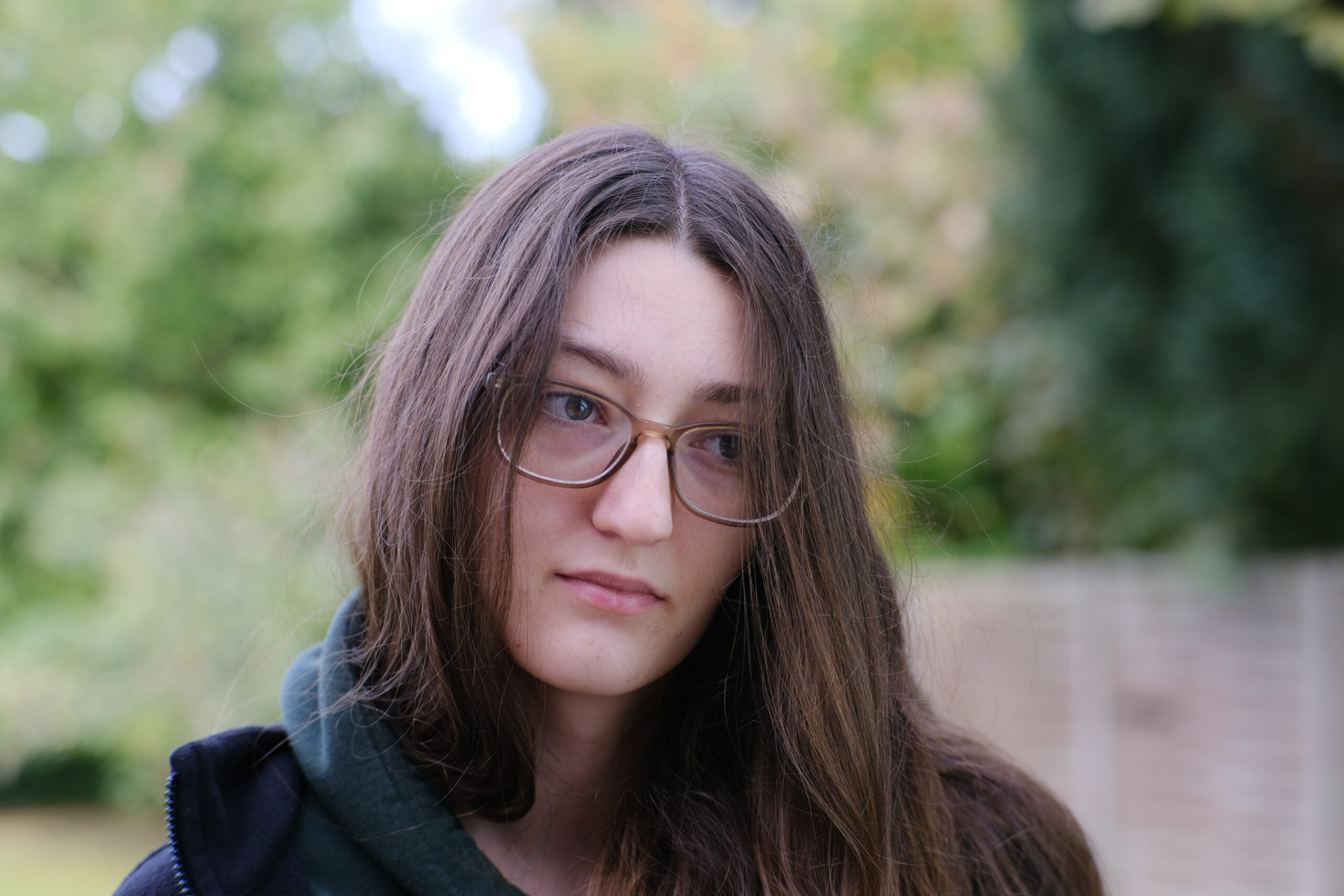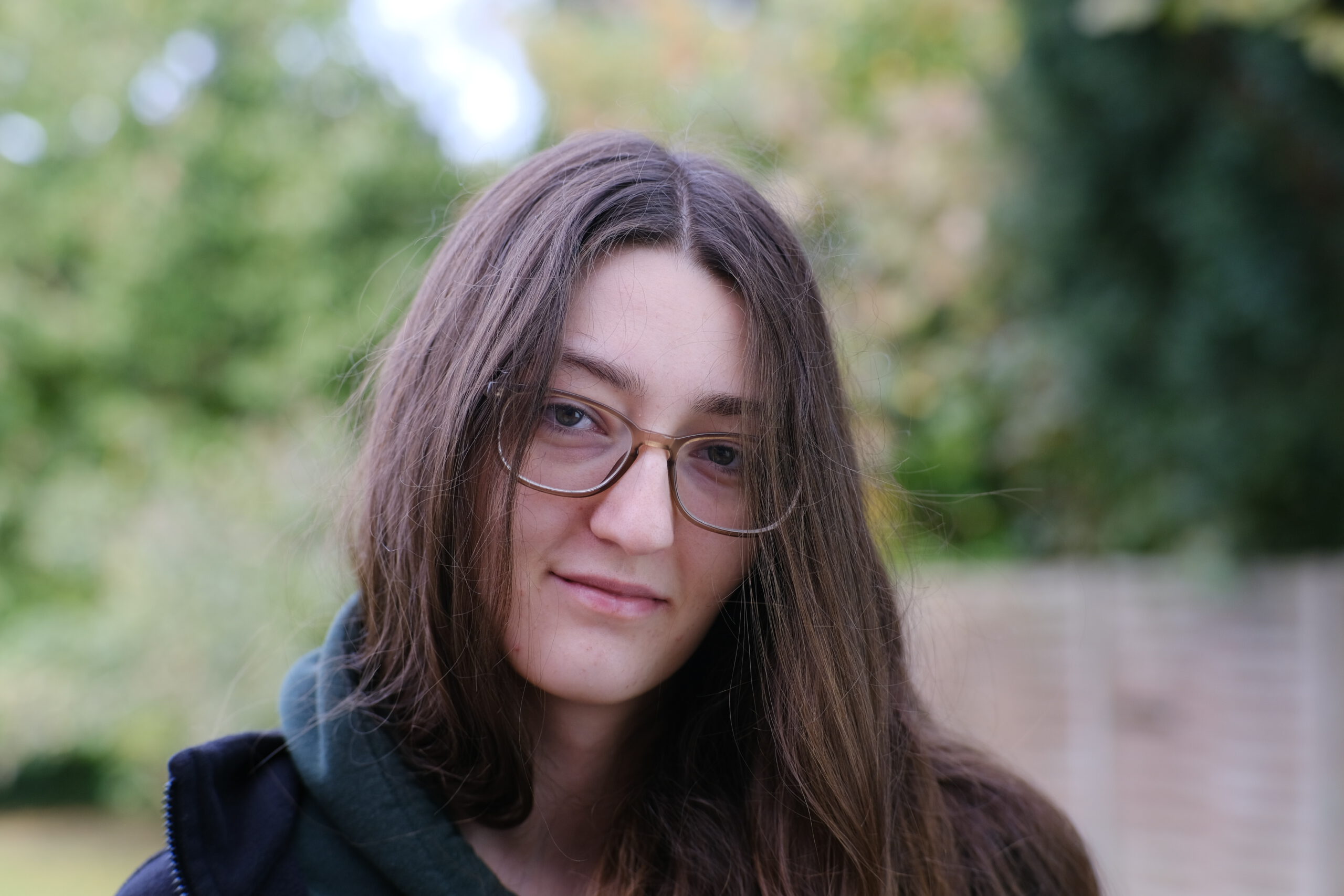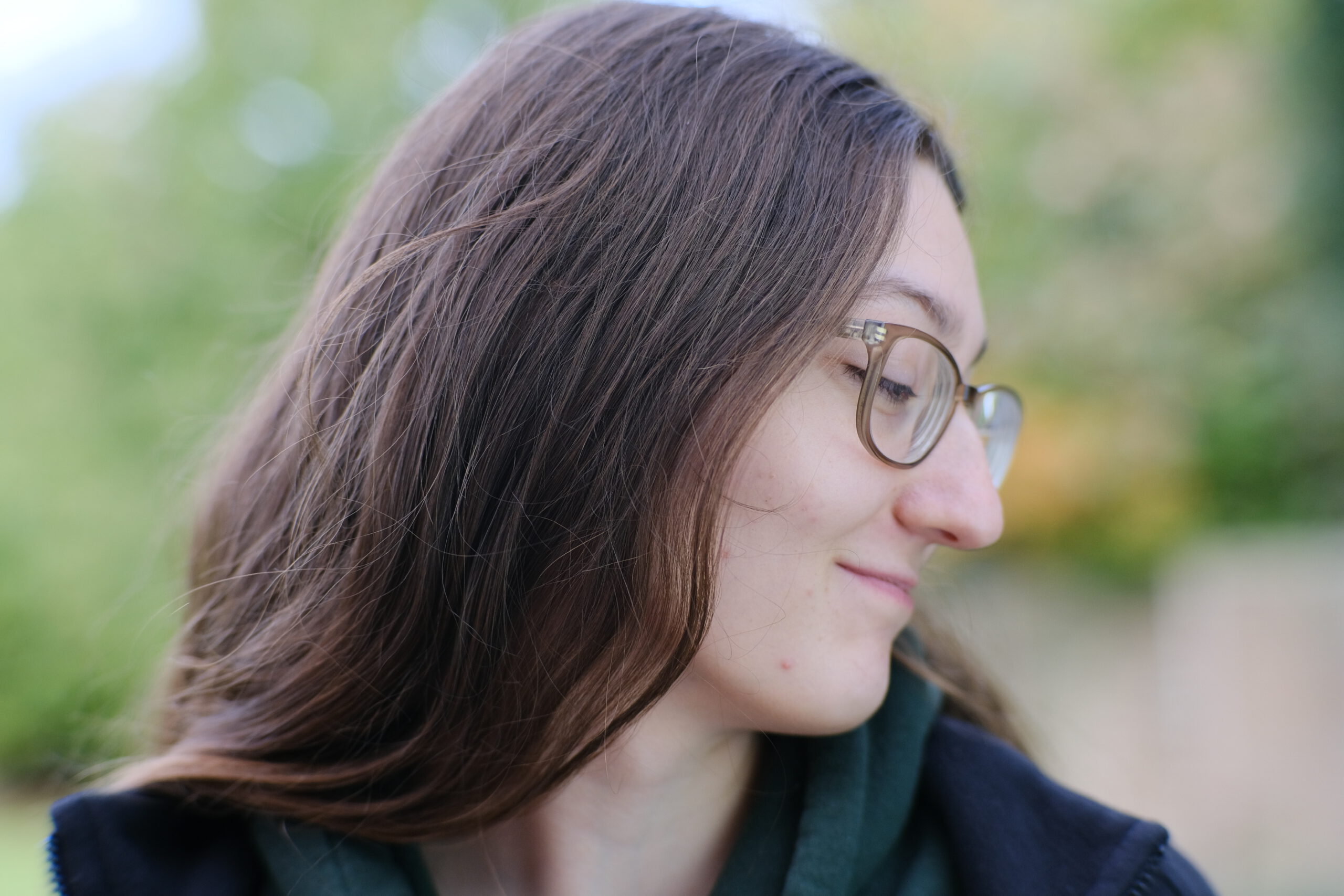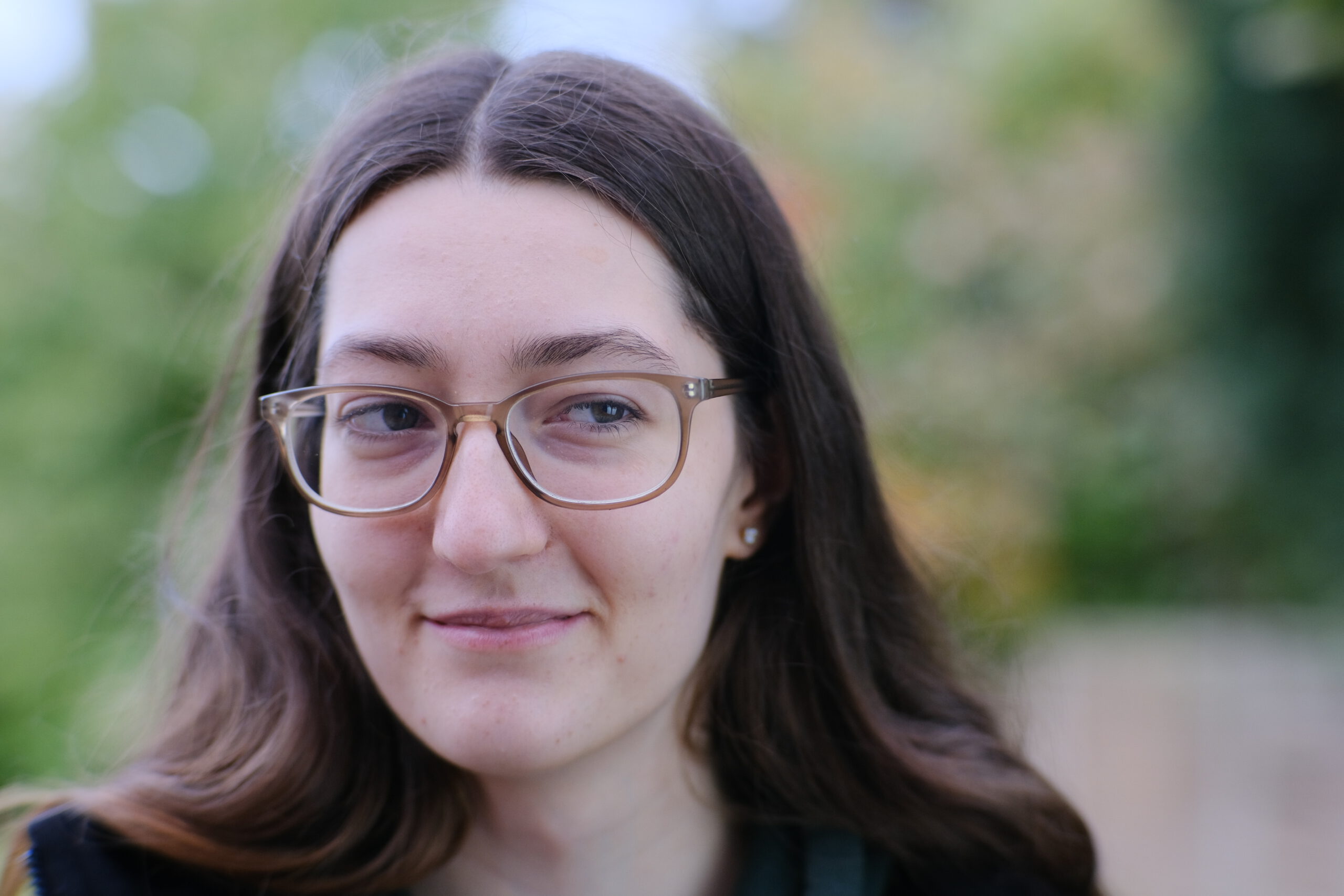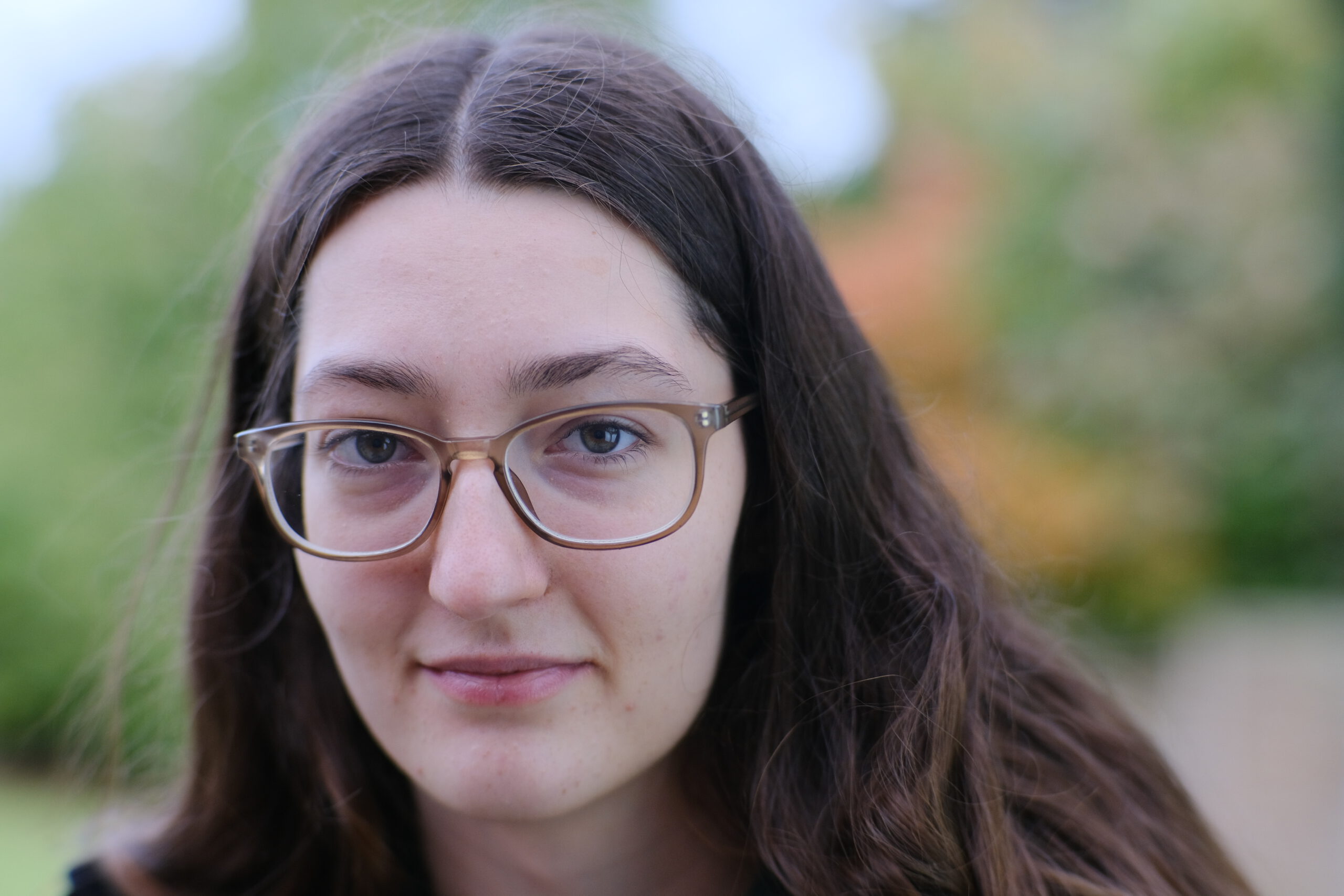Firefly portrait session with 7Artisans 25 and 50mm f0.95
Shooting portraits is something every body today is doing quite often, many millennials and younger generations even several times every day, called selfies. Create a better of yourself and present it to your virtual friends. Filter and AI software tools supported by high tech on chip neural engines in state of the art smart phones are enhancing this fake images automatically. Most are posted on social media platforms like Facebook, Instagram and Snapchat. This fake bling bling world is frustrating many young people with bodies and living environment even the best AI can not improve. Kids can be cruel and hard to each other, social media can even be much worse and boost body shaming.
This is not the kind of portraits I am taking about.
A real portrait is not hiding or improving the reality. It’s a very personal mirror to the character, even to the soul of the person the portrait is taken of. No make up, sw filter or fake background are needed.
What I really need for imaging successful a portrait is an relaxed atmosphere, a casual surrounding where the model can relax and let’s loose. I like to talk with the models and try to get them in the mood of self reflecting. At that very special moment you see on the face a mirror of what is going on in the inside and walls or masks, that are kept up to not offer their sensitive inners, are down.
Additional to this general thing is the choice of the right lens, film or film simulation and camera a key to success. Let us start with the camera. For many years I loved to shoot with the professional range of Nikon analog as well digital (single digit F and D). Nearly perfect cameras with all the features that allows you to use them for all possible shooting situations. Technically perfect but if you are doing street or portrait photography with the robust and bulky bodies and large lenses, you are scaring the people that a paparazzi is taking their “soul” and stealing their privacy. People, unless they are professional models in the influencer or fashion industry, tend to be shy and feeling uncomfortable in this situation, am I perfect enough? The letting loose and showing character as described above is all one wants in a portrait but will never show up if you scare people with your camera.
For this kind of shootings the viewfinder style of the Fujifilm X-PRO range is very useful. This technically state of the art camera body in retro style is not seen as a tool for professional photographer. This camera is simulating in the mind of most models and people on the street a casual privacy as you want to have it on your “set”.
Let us talk about the lens. Today in the generation smartphone is autofocus standard and like people can not drive any longer without a navigation system, taking pictures using a manual lenses is also not very common. Manual focusing with the 100% control of the focal spot and depth in the image is to me almost like relaxing after an hour of power yoga. The movement of a well damped focus ring is releasing all my stress. If I am relaxed this will influence also the stress level of the model. Everybody that is facing a camera lens is not really self confident. “Are my hairs looking perfect, how well did I make my make up, did I choose the right clothing…” you want them to forget that they are imaged by your camera. I also do not know one serious photographer that is using autofocus during portrait shooting sessions.
Another decision we need to take is the choice of focal length to use for our images. Old school are portraits just of the head, most of the time with out shoulders. This is done to focus the attention of the viewer to the face and its marks and lines. Traditionally used focus length are 85mm to 135mm (56mm – 90mm APSC). Modern portrait photography, influenced by all the social media postings where faces are often masks and the lack of character and soul is tried to be compensated by body language and tension. Those images are taken from the top part of the body. For these kind of images a focal length of 35mm to 75mm (23mm to 50mm APSC) is appropriate. Why not wider then 35mm? Below 35mm (23mm APSC) optical lens distortion is modifying the natural way of seeing things. People are looking on those Images unnatural, unless you want to emphasize a different way of seeing things.
As you might have noticed by reading some of my tests, reviews and stories I am old school. From time to time and often inspired by my daughters, I also try to push my self out of the comfort zone. Therefore I used the stunning Firefly Series lenses of 7Artisans. With a maximum diaphragm opening of f0.95 you can paint the background of the portrait in smooth blur. I used the focal length of 25mm (37,5mm FF) for some pictures to capture also some body language and tension (modern social media style). I used the 50mm (75mm FF) Firefly to take portraits with head and shoulder and additional I found my way back to my old school comfort zone and took also some images just of head and neck. Shooting wide open at f0.95 I love to play with very small field of depth and to place the highest sharpness just on one eye. This is giving the portrait a kind of mystery and makes people thinking what is deviating from the norm. To me these different perspectives are showing me very different sides of Violaine on the different pictures. At the end of this article you will find a collection of those images I made of my daughter Violaine. I asked her not to use any make up as I wanted to capture next to her character her natural beauty. Please judge yourself the results and also decide for yourself which style of portrait you like most. Perhaps you want to share your finding/opinion with me in a short feedback to this article.
Having said this, lets finely talk about film simulations. To me one of the most attractive things of the Fujifilm X cameras are the film simulations of the shelf on board at the camera firmware. This allows, if you set up the camera with the correct settings, ready to use SOOC images. I am not a fan of spending hours at the computer to paint my pictures in software like Photoshop. I prefer to use my rare free time left over from work and family to be on the road and take images and test new gear. For the portraits made of Violaine at the garden, I have chosen the Fujifilm simulation Astia as I just used one Softbox for simple lightening of her face.
“ASTIA is designed to be used under little or no lighting and subject in action. The film simulation is carefully designed to express the soft skin tones and not to wash out at the high end while making the shadow end a little hard. Tonality is designed so that it is sharp enough even without the use of lighting.” source The World of Filmsimulation
Firefly 7Artisans 25mm f0.95
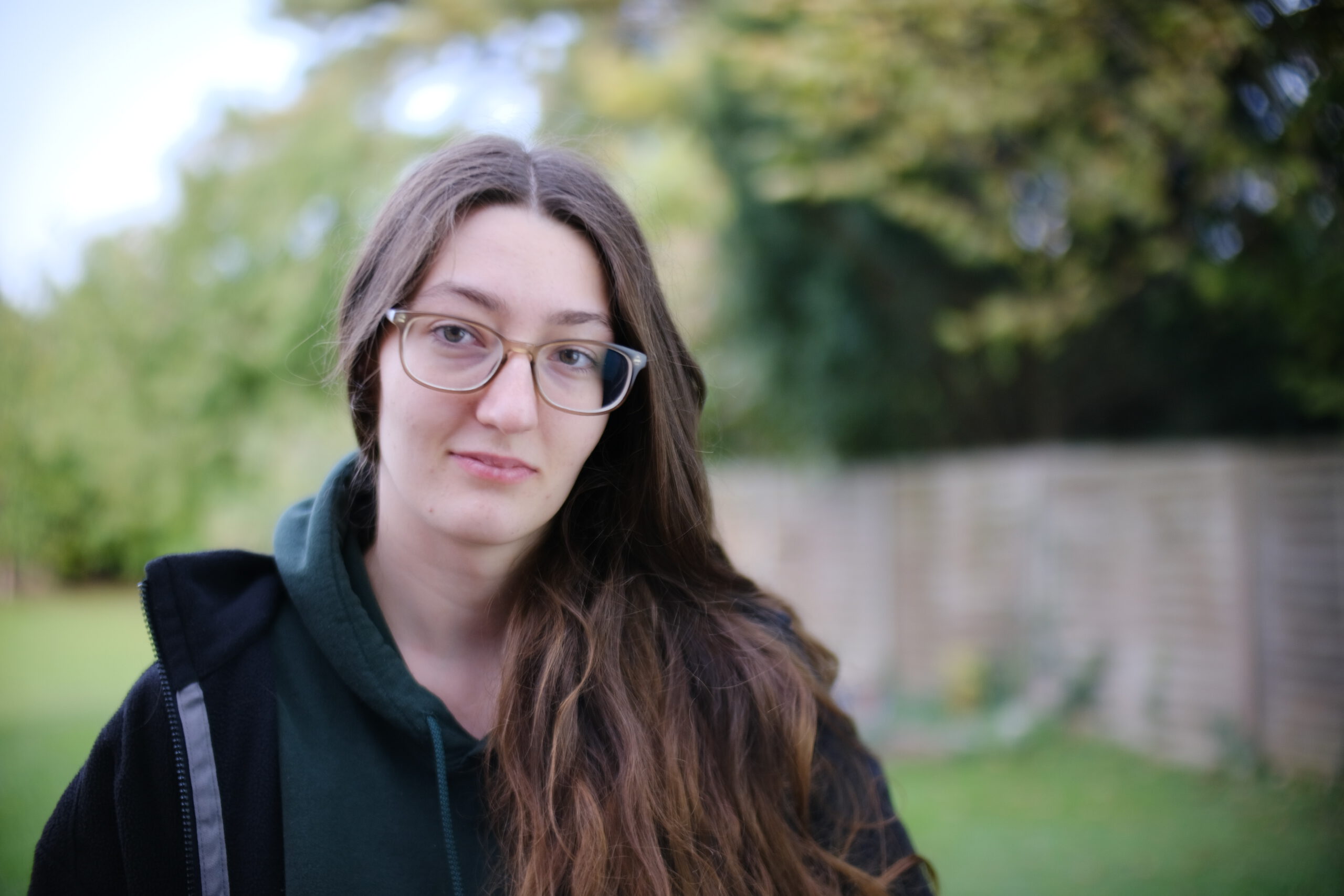
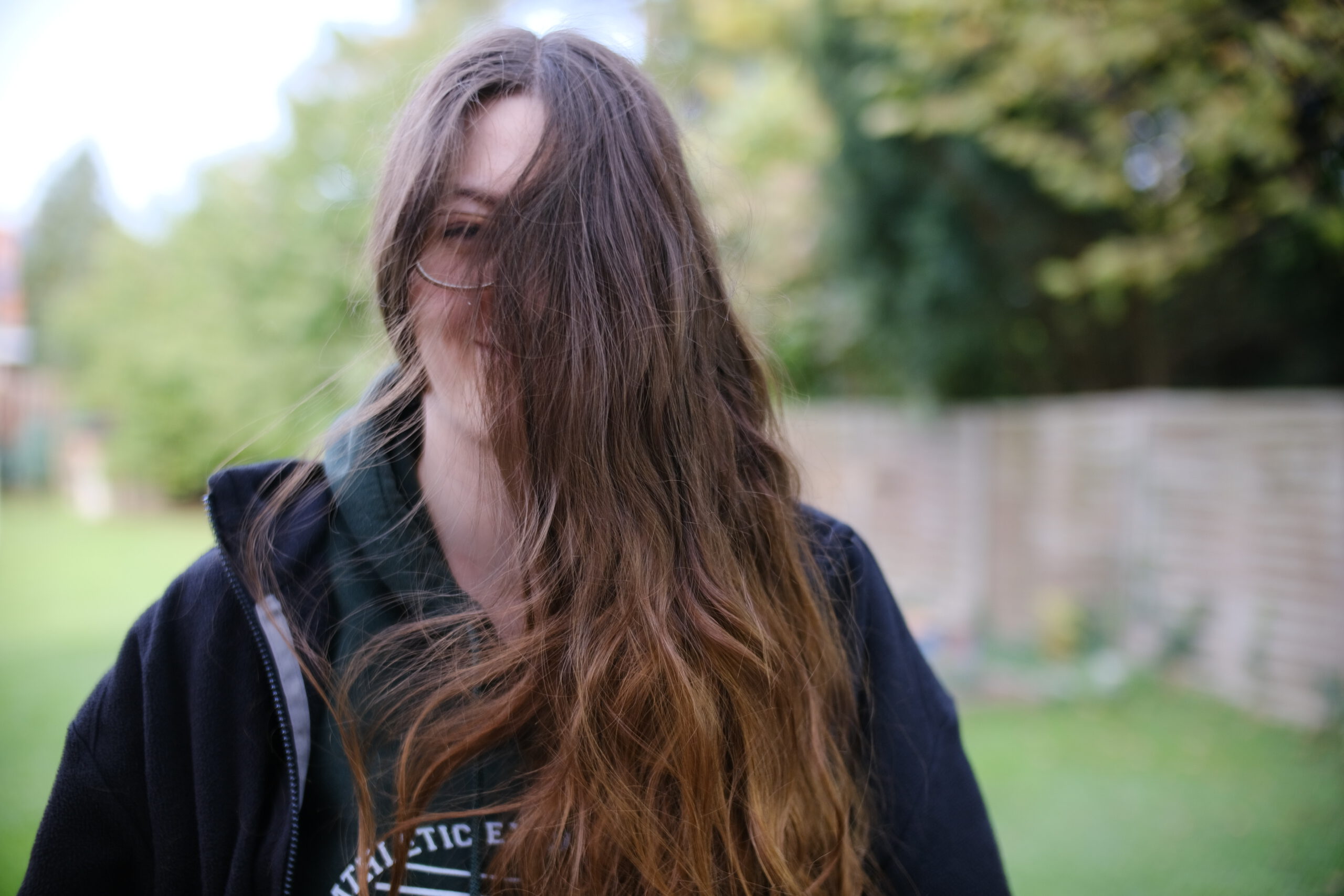
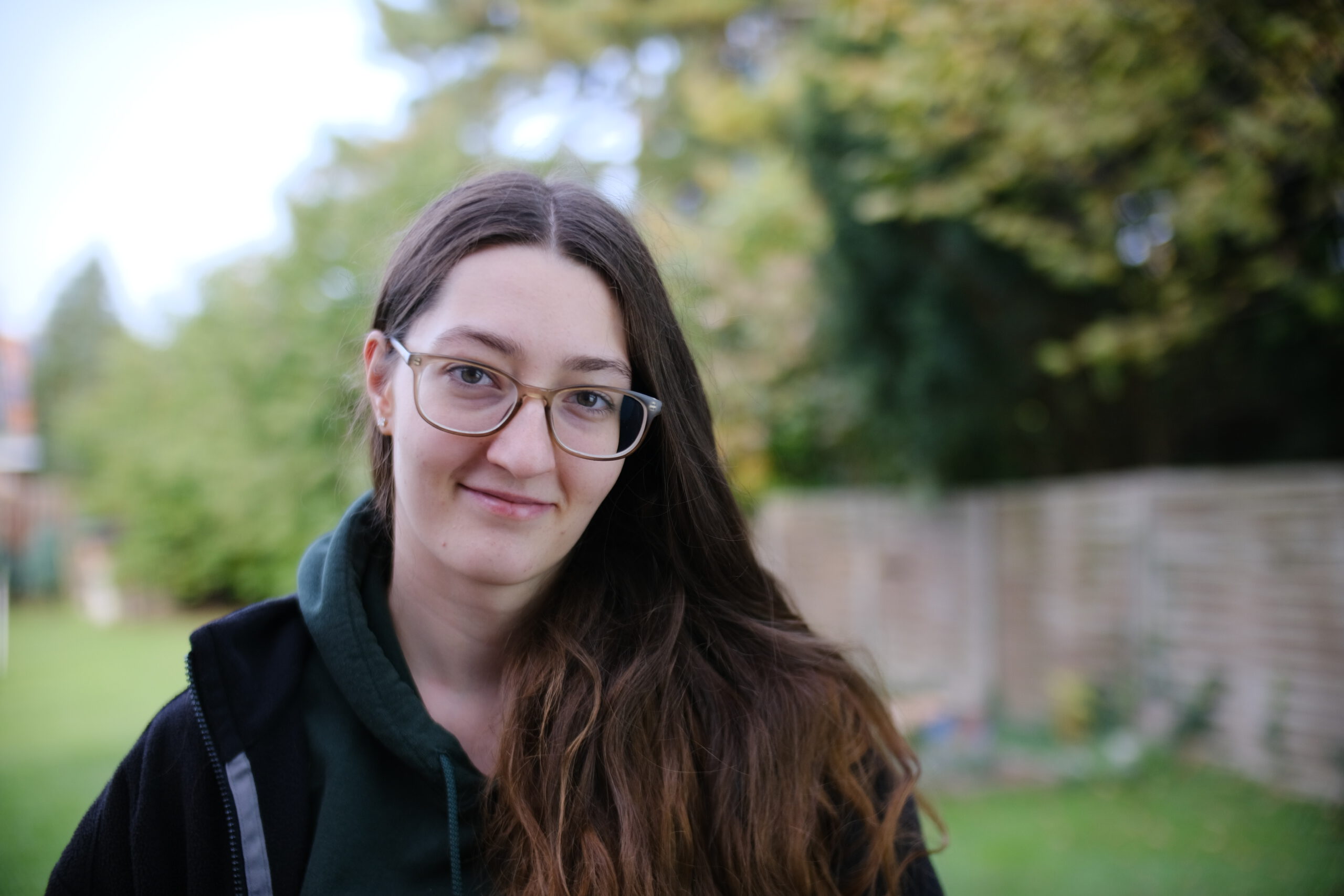
Firefly 7Artisans 50mm f0.95

